Facebook Advertising is a dynamic and powerful marketing tool that allows businesses to reach and engage with a global audience of over 2.9 billion active users. With its advanced targeting capabilities, Facebook Advertising helps you connect with the right people based on factors like demographics, interests, behaviors, and even location. Whether you’re a small business or a large enterprise, Facebook offers a variety of ad formats and customization options, making it easy to design campaigns tailored to your marketing goals. From boosting brand awareness to driving conversions, Facebook Advertising provides the tools and insights needed to create impactful, results-driven campaigns.
Why Advertise on Facebook?

Massive Reach:
With billions of active users, Facebook offers an unparalleled opportunity to reach a diverse global audience.
Precise Targeting:
Facebook allows advertisers to target users based on demographics, interests, behaviors, location, and even custom audiences, ensuring ads reach the right people.
Cost-Effective:
Whether you have a small or large budget, Facebook ads offer flexible pricing options, allowing you to control your spending by setting daily or lifetime budgets.
Diverse Ad Formats:
From image and video ads to carousel and story ads, Facebook offers a variety of formats to suit different business needs.
Facebook provides in-depth performance tracking, allowing advertisers to monitor and optimize their campaigns for better results.
Types of Facebook Ads

Image Ads:
Simple and straightforward, these ads feature a single image along with text and a call-to-action (CTA).
Best for: Promoting a product, service, or event in a visually compelling way.
Video Ads:
These ads allow you to tell a story or showcase your product through a short video.
Best for: Engaging users, demonstrating product features, or sharing customer testimonials.
Carousel Ads:
Carousel ads allow businesses to display up to 10 images or videos within a single ad, each with its own link.
Best for: Showcasing multiple products, highlighting different features, or telling a sequential story.
Slideshow Ads:
These are lightweight video ads created from a series of images or short clips, ideal for businesses with limited video resources.
Best for: Reaching audiences with slower internet speeds, creating engaging video-like content from images.
Collection Ads:
These ads allow users to discover, browse, and purchase products directly from the ad itself. They feature a cover image or video followed by several smaller product images.
Best for: E-commerce businesses looking to highlight multiple products.
Story Ads:
Full-screen vertical ads that appear in the stories section of Facebook and Instagram. These ads are immersive and ideal for mobile users.
Best for: Quick, engaging ads that disappear after 24 hours, creating a sense of urgency.
Messenger Ads:
Ads that appear directly in Facebook Messenger, allowing businesses to engage with users in a more personal and conversational way.
Best for: Customer service, generating leads, or starting a direct conversation with potential customers.
Lead Generation Ads:
These ads include forms that allow businesses to collect contact information from users directly on Facebook without requiring them to leave the platform.
Best for: Gathering leads for follow-up, growing email lists, or offering free trials.
Dynamic Ads:
Automatically display the right products to the right people based on their past interactions with your website or app.
Best for: E-commerce businesses looking to retarget customers who have browsed or shown interest in specific products.
Facebook Ad Targeting Options

One of the greatest strengths of Facebook advertising is its robust targeting capabilities. Advertisers can target audiences based on:
Demographics:
Age, gender, education, job title, etc.
Location:
Country, state, city, or even within a certain radius of a specific location.
Interests:
Users’ hobbies, pages they like, and activities they engage in.
Behaviors:
Purchasing behavior, device usage, and other activities.
Custom Audiences:
Upload your own customer lists, or retarget users who have interacted with your website or app.
Lookalike Audiences:
Target users who resemble your existing customers, increasing the likelihood of finding new leads similar to those who already interact with your brand.
Facebook Advertising Objectives
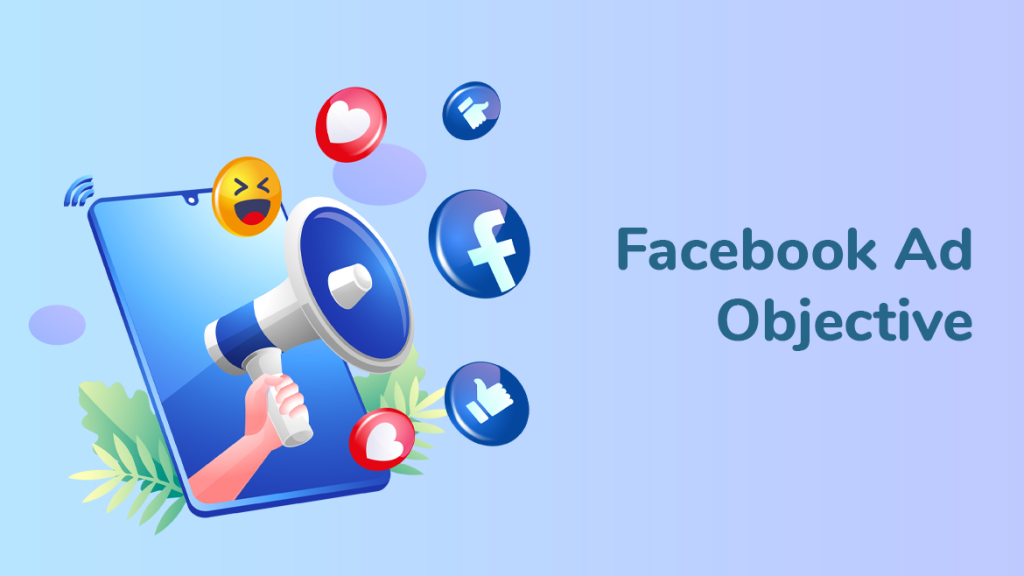
When creating a campaign on Facebook, advertisers can choose from several objectives, depending on their goals:
1.Awareness:
Brand Awareness:
Increase your brand’s visibility and reach a large audience.
Reach:
Show your ad to as many people as possible.
Consideration:
Drive traffic to your website, landing page, or app.
Engagement:
Boost engagement on your posts, page likes, or event responses.
App Installs:
Encourage users to download your mobile app.
Video Views:
Promote a video to get more views and engagement.
Lead Generation:
Collect leads by encouraging users to fill out a form directly on Facebook.
Messages:
Drive conversations with potential customers via Messenger.
2.Conversion:
Conversions:
Encourage users to take a specific action on your site, like making a purchase or signing up.
Catalog Sales:
Show relevant products from your catalog to users who have shown interest.
Store Traffic:
Drive foot traffic to your brick-and-mortar stores.
Best Practices for Facebook Advertising
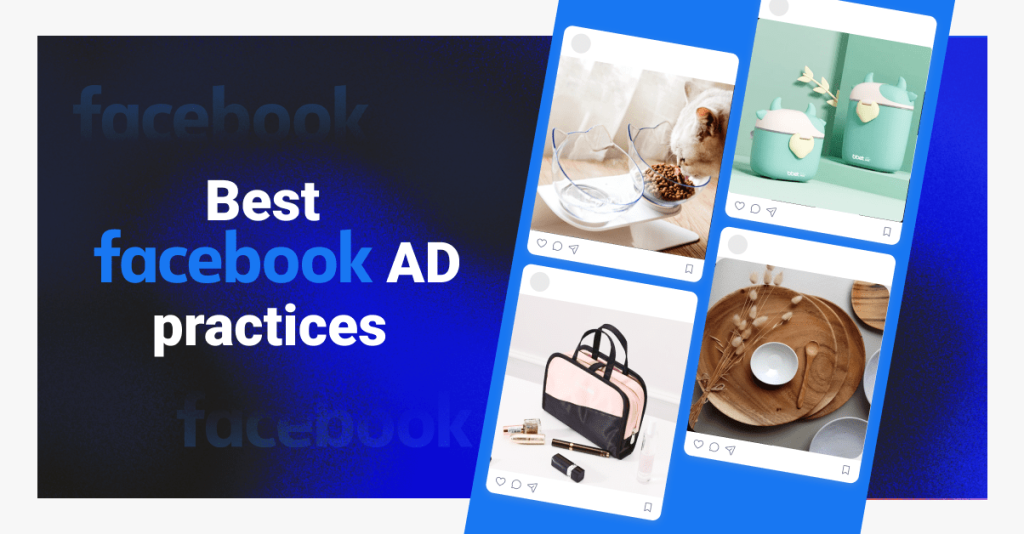
Create Eye-Catching Visuals:
High-quality, visually appealing images and videos are essential for grabbing attention. Ensure your visuals are consistent with your brand and relevant to your ad message.
Write Clear and Engaging Copy:
The ad copy should be concise, direct, and focused on the user. Highlight benefits rather than just features, and include a strong CTA (call-to-action) like “Shop Now” or “Learn More.”
Test Different Ad Variations (A/B Testing):
Run multiple versions of your ad (changing variables like the image, copy, or CTA) to see which one performs best. Facebook’s split testing feature can help you optimize your campaigns.
Optimize for Mobile:
Since a significant portion of Facebook users access the platform via mobile devices, ensure that your ads are mobile-friendly. Use vertical videos or images, and keep copy brief for better mobile engagement.
Set Clear Goals and Track Performance:
Define the key metrics you’ll use to evaluate success (e.g., clicks, conversions, impressions) and monitor your ads’ performance regularly using Facebook’s Ads Manager.
Use Facebook Pixel:
Install Facebook Pixel on your website to track user behavior, optimize ads, retarget website visitors, and measure the effectiveness of your campaigns. It helps in gathering essential data that enhances targeting and conversions.
Leverage Retargeting:
Use retargeting to show ads to users who have already visited your website or interacted with your content but haven’t yet converted. Retargeting can improve conversion rates by keeping your brand top of mind.
Conclusion
Facebook advertising offers businesses a versatile and cost-effective way to reach a highly targeted audience. With a variety of ad formats, precise targeting capabilities, and robust analytics, it’s an essential platform for any digital marketing strategy. By following best practices and continuously optimizing your campaigns, you can leverage Facebook Ads to increase brand awareness, drive traffic, and generate conversions for your business.
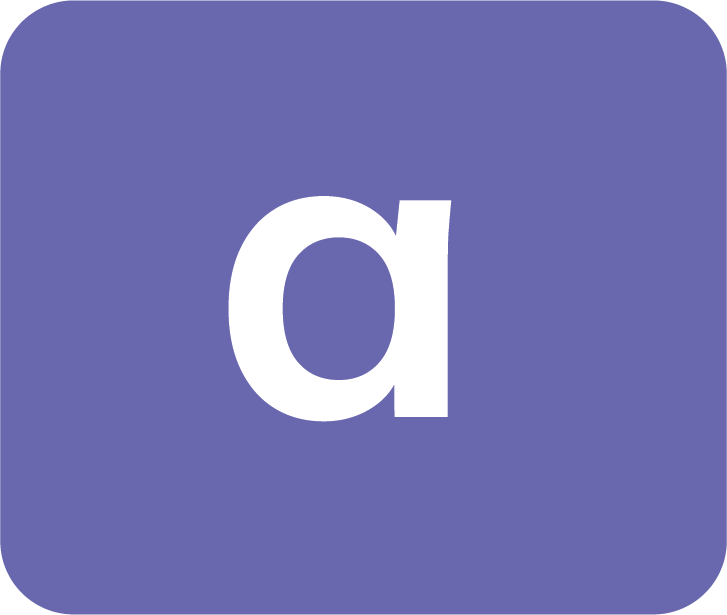

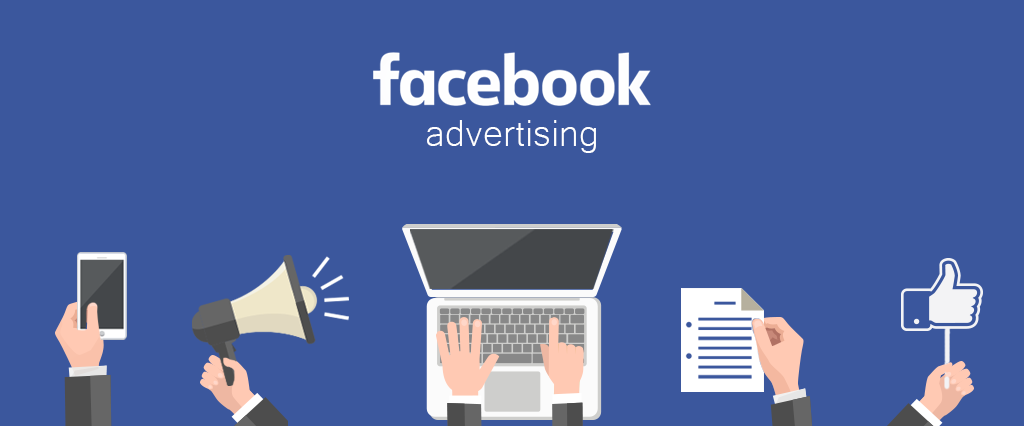



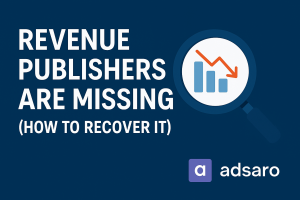
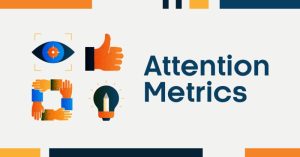
[…] gaming industry continues to grow exponentially, and in-game ads are emerging as a powerful way for brands to reach…